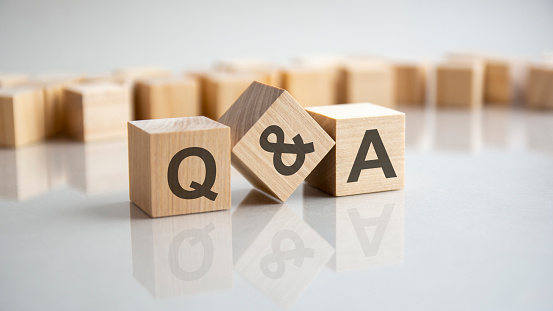Why deal with a manufacturer rather than a distributor?
First and foremost, dealing with the manufacturer gives you the most control over the scheduling of your job, and allows you to press check the job if necessary. Another reason to deal with a manufacturer is that you have the same quality control processes in place each time you have a job printed. A distributor will find a supplier that will give them the best price at the time of the order—regardless of who printed the job in the past. The result is that your job may look different from one printing to the next.
What is UV printing?
UV Printing utilizes a specially formulated ink that dries by exposure to UV lights, rather than drying by exposure to air, which is the way most conventional inks dry.
The benefit of UV printing is that the inks are very environmentally friendly, there are no VOC’s (Volatile Organic Compounds) in the ink. In addition, the ink is dried immediately at the press, so your job can be completed much faster.
Alexander Clark Printing utilizes UV inks on our Sanden UV Web press, which is the only one of its kind in the State of Idaho.
How does digital printing compare to offset printing?
Digital printing utilizes either a liquid ink or a dry toner to produce the printed image on the sheet. While the quality of digital has improved substantially, it is not quite to the level of offset printing at this time but is very close.
A typical digital press has output resolution of 1200 dpi, while we output all of our files for offset printing at 2570 dpi—over 2x the resolution, which gives much finer detail in the printing area.
One key benefit to digital is that the setup cost is very low when compared to offset printing—this means a lower cost to you on smaller quantity print projects and it allows for personalization, which is a benefit when marketing to your clients.
Why do printers use Aqueous Coatings?
Plain and simple, it is a production aid. Putting an aqueous coating on a printed job allows printers to get your job back through the press faster. In conventional offset printing, there is a certain amount of time that it will take the ink to dry—this drying time will be affected by several factors:
- Printing on a coated sheet vs an un-coated sheet.
- Printing in 4 color process vs PMS colors.
- The amount of ink coverage on the job.
Putting a coating on the sheet “seals” the sheet—while the ink underneath the coating may not be dry, the top of the sheet is “sealed” by the coating and allows it to be run back through the press more quickly.
What are the differences between RGB, CMYK and PMS?
RGB is the color spectrum that monitors use to display the colors of the printed piece that you design. Your monitor will use a combination of Red, Green, and Blue to visually simulate the look of your piece. Unfortunately, RGB has no bearing in the printing process, which is why there are times that your monitor will look differently from the printed piece.
CMYK is the color spectrum that offset printers use to create your full color printed piece. In offset printing, we use a combination of Cyan, Magenta, Yellow, and blacK (4 color process) to create all the colors of the printed piece that you design. In CMYK printing, your files are separated by the computer into these 4 process colors, and then through the Postscript process converted to a series of dots that when laid over the top of each other are blended to create the color specified.
PMS stands for Pantone Matching System. PMS has a listing of several hundred ink colors that are pre-mixed to a specific color, and the ink is printed with its own printing unit. If your printing project is to be completed with 1, 2, or 3 colors, the printer will use the specific PMS colors that you choose, and the price may be less than it would be if printed in 4 color process (CMYK).
If your printing project has full color images, then it will be printed with CMYK.
Can ACP handle my mailing list & get my direct mail piece to the Post Office?
Yes, we can. Simply give us your mailing list, or you can purchase one through us. We will print your mailing piece, merge the mailing information from the list onto the piece to be mailed. It will be CASS and NOCA certified through USPS software and then delivered to the Post Office. we will make sure that it is processed in the most effective manner possible, to give you the biggest postage discount possible.
Why do I need “crop marks” on my print project?
Crop marks, also known as trim marks, are lines printed in the corners of your publication’s sheet or sheets of paper to show the printer where to trim the paper. They are used by commercial printers for creating bleeds where an image or color on the page needs to extend all the way to the edge of the paper. Without crop marks your sheet will be trimmed and come out smaller in size than you have requested.


